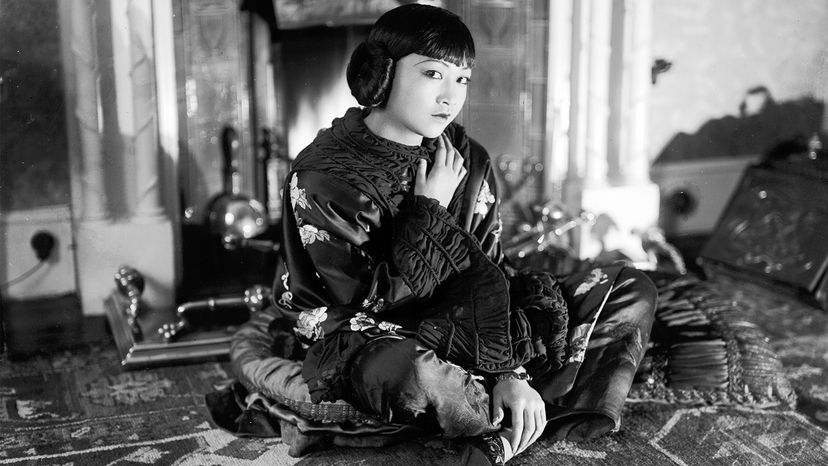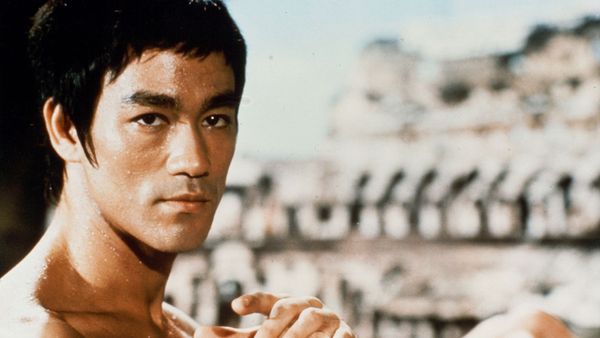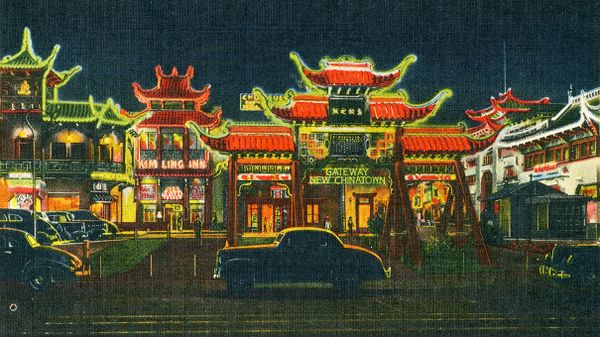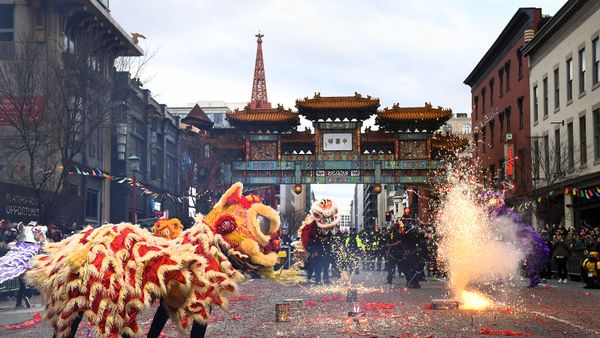
In 2018, "Crazy Rich Asians" made history. Aside from being the highest-grossing romantic comedy in a decade, the film featured an all-Asian cast, making it the first Hollywood production to do so in 25 years.
Perhaps more mind-blowing is that star Constance Wu became the first Asian actress in 44 years to be nominated for a lead actress Golden Globe. Many have regarded the achievements of the cast and crew as groundbreaking triumphs for the onscreen representation of Asian culture. But the accolades and recognition are long overdue considering the pioneering work of industry icons like Anna May Wong.
Advertisement
On Jan. 22, 1922, audiences set eyes on Wong in her first starring role, as "Lotus Flower" in the film, "The Toll of the Sea." The Los Angeles-born actress would go on to appear in more than 60 movies throughout her career and leave a lasting legacy as Hollywood's first Chinese-American film star.
But a career onstage and screen (including a role in one of the very first Technicolor movies) didn't come easy for Wong, and it certainly didn't come without significant struggle and sacrifice that has shaped the entertainment industry and paved the way for more modern success stories.
Born Jan. 3, 1905, Anna May Wong was the second of eight children and named Wong Liu Tsong, which translates to "Frosted Yellow Willows." She later incorporated her English moniker, Anna May, into her stage name.
Wong's grandfather, Leung Chew Wong, had emigrated to the United States in the 1850s from Taishan, China, and her father married a fellow California-born descendant of Chinese emigrants. The couple opened a laundromat in L.A., and started a family. Wong initially attended California Street public school but transferred to the Chinese Mission School due to the racial prejudice and bullying she and her siblings faced.
In the 1910s, the film industry began migrating from New York to California, and Wong became fascinated by the world of cinema. She skipped school to visit production sets and see movies, and in 1919, attended a casting call for a movie called "The Red Lantern" and scored a part as an extra.
Two years later, Wong dropped out of high school and began acting full-time. At 17, she landed her first starring role in "The Toll of the Sea," a silent version of the film "Madame Butterfly." Snagging the part was a major triumph, but it didn't prove to be the career kickstarter Wong had hoped for; due to United States anti-miscegenation laws that prevented interracial marriage and even on-screen kissing between actors of different races, Wong wasn't able to land any roles as a romantic lead.
Wong left Hollywood for Europe in 1928. There she was a huge success and starred in several notable stage productions and films, including "Piccadilly" in 1929. She used her newfound celebrity to advocate for both political and Chinese-American causes, and for better film roles.
But by the 1930s, Paramount Studios came calling and promised Wong leading roles if she returned to the U.S. The deal sounded sweet, but Wong was mostly relegated to playing stereotypical Asian roles. She accepted the work solely on the deal that she would be able to take on more robust roles in the future.
In 1932, she appeared in "Shanghai Express" alongside her friend, Marlene Dietrich, and decades later, she became the first Asian American to lead a U.S. television show in the 1951 show, "The Gallery of Madame Liu-Tsong."
But it was losing out to the German actress Luise Rainer for the big role of O-Lan in the movie adaptation of Pearl S. Buck's "The Good Earth" that was perhaps her biggest disappointment. She'd planned to travel to China but put off her trip in hopes to play O-Lan.
The studio, however, pushed for Wong to play the cliched part of Lotus, the wicked concubine instead. Wong refused. She told Doris Mackie in a 1933 interview for Film Weekly "I was so tired of the parts I had to play. There seems little for me in Hollywood, because, rather than real Chinese, producers prefer Hungarians, Mexicans, American Indians for Chinese roles."
Wong did eventually travel to China, where she was also criticized by the Chinese who said her films degraded Chinese women. Despite having studied Mandarin Chinese, Wong felt she was too American to perform in traditional Chinese theater. Ironic, given that in Hollywood, she was considered not American enough for most roles there.
In 1960, she received a star on the Hollywood Walk of Fame. But in 1961, tragedy struck when the actress and trailblazer died of a heart attack at the young age of 56. She was posthumously recognized by the Asian American Arts Awards and the Asian Fashion Designers group, which both have named annual awards in her honor.
Today, Wong is still remembered as one of the most important Asian American leaders in the entertainment industry and beyond.
Advertisement


